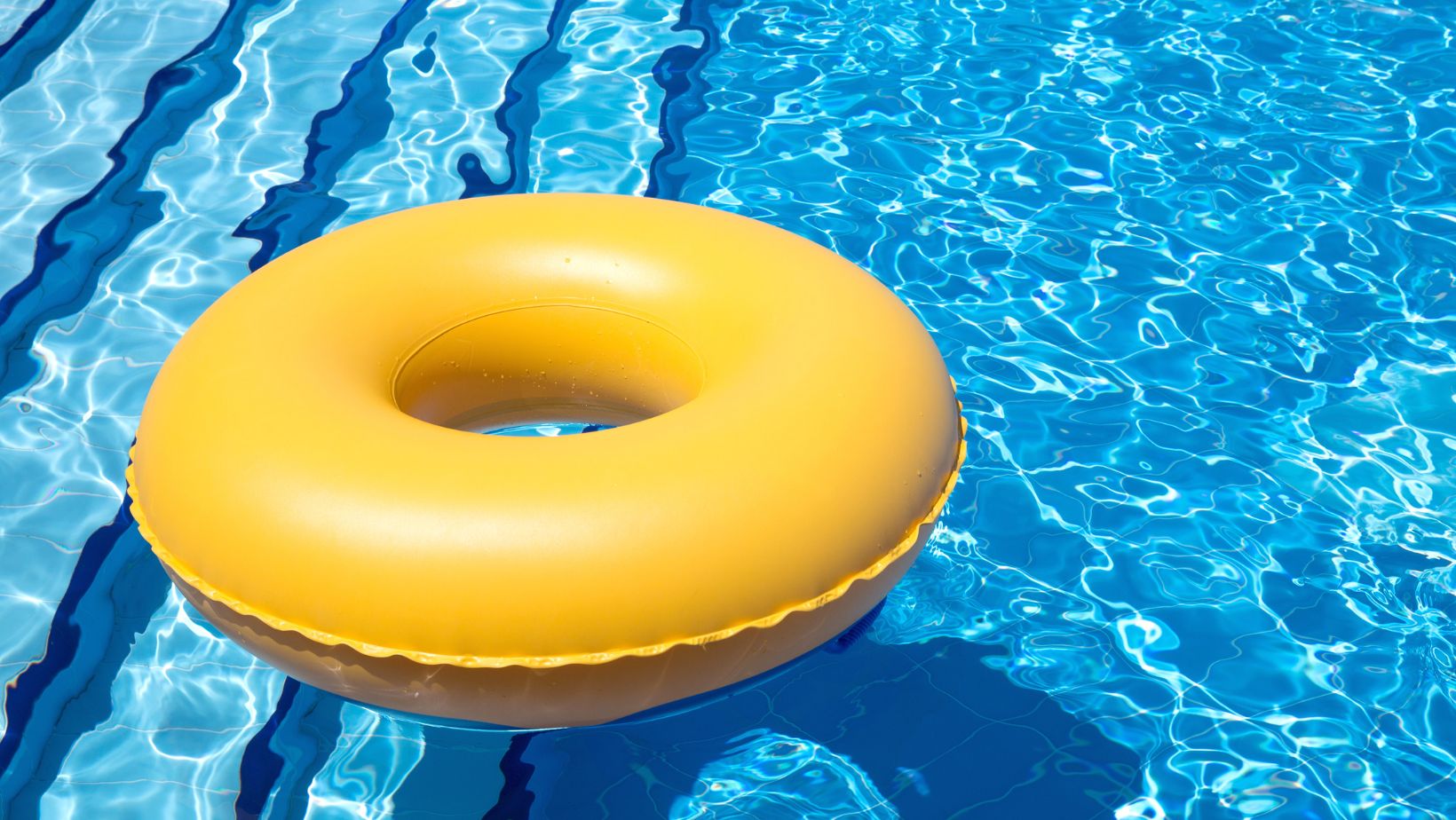When it comes to home heating and cooling, circulator pumps are essential for effectively moving hot or cold water throughout your entire system. However, traditional circulator pumps can be energy hogs, consuming a significant amount of electricity and contributing to your carbon footprint. Fortunately, advancements in technology have led to the development of energy-efficient circulator pumps that can significantly reduce energy consumption and lower your utility bills. In this article, we’ll delve into the world of energy-efficient circulator pumps, exploring their benefits, functionality, and how they can help you save money while minimizing your environmental impact. We’ll also discuss important considerations when choosing a pump, such as sizing, controls, and maintenance tips.
Table of Contents
ToggleUnderstanding Circulator Pumps
Traditional circulator pumps operate on a simple principle: they use an impeller to create pressure, forcing water to circulate through your heating or cooling system. However, these older models typically run at a constant speed, regardless of demand. This means they consume the same amount of energy, whether you need a little heat on a mild day or a lot of heat on a frigid one.
As a result of their constant-speed operation, traditional circulator pumps can be incredibly inefficient. They waste energy by running at full power even when it’s not necessary, leading to higher utility bills and increased carbon emissions. Studies have shown that circulator pumps can account for up to 10% of a home’s total energy consumption.
The Rise of Energy-Efficient Circulator Pumps
Energy-efficient circulator pumps, also known as ECM pumps (electronically commutated motor pumps), are a game-changer in terms of energy savings. Unlike their traditional counterparts, ECM pumps use variable speed technology. This means they adjust their speed based on the actual heating or cooling demand, using only the energy necessary to maintain the desired temperature. Some models, like the 0013-SF4Y, are designed to optimize performance while minimizing energy consumption.

The energy savings potential of ECM pumps is significant. Studies have shown that they can reduce energy consumption by up to 80% compared to traditional pumps. This translates to substantial savings on your utility bills over time. While the initial cost of an ECM pump may be higher, the long-term savings often outweigh the upfront investment.
In addition to saving you money, energy-efficient circulator pumps also contribute to a greener planet. By using less electricity, they reduce your carbon footprint and help combat climate change. As more and more homeowners adopt this technology, the collective impact on the environment becomes even greater.
Choosing the Right Energy-Efficient Circulator Pump
Selecting the right size pump for your system is important for optimal performance and efficiency. A pump that’s too small won’t be able to circulate enough water, while a pump that’s too large will waste energy. A professional plumber or HVAC technician can help you determine the correct size based on the specific requirements of your heating or cooling system.
Energy-efficient circulator pumps are equipped with sophisticated control mechanisms that enhance their performance and maximize energy savings. These controls come in various forms, each tailored to specific system requirements. Proportional pressure control, for instance, intelligently adjusts the pump’s speed in response to fluctuations in system pressure, ensuring that it only expends the energy necessary to meet the current demand. Alternatively, constant pressure control maintains a consistent pressure level regardless of the flow rate, a feature that can be advantageous in certain applications. Another option is delta T control, which dynamically modulates the pump’s speed based on the temperature differential between the supply and return water, optimizing efficiency based on real-time heating or cooling needs. Determining the most suitable control option for your system requires careful consideration of its design, size, and specific operational demands. A qualified professional can help you evaluate these factors and recommend the control mode that will best align with your goals for energy efficiency and comfort.
Some energy-efficient circulator pumps offer additional features like:
- Built-in timers: This allows you to schedule pump operations based on your usage patterns.
- Quiet operation: Ideal for homes where noise is a concern.
- Automatic air purging: Removes air from the system to prevent blockages.
Consider which features are most important to you when making your selection.
Maintenance and Installation
The installation of an energy-efficient circulator pump is best left to the expertise of a qualified professional. A licensed plumber or HVAC technician possesses the knowledge and experience to accurately size the pump to your specific heating or cooling system, ensuring it operates at peak efficiency. They can also properly integrate the pump into your existing infrastructure, avoiding any potential compatibility issues or performance bottlenecks. Furthermore, professional installation mitigates the risk of damage to the pump or your system during setup, safeguarding your investment and ensuring optimal performance from the outset.

Once your energy-efficient circulator pump is installed, regular maintenance becomes paramount to maintain its longevity and efficiency. Think of it as a tune-up for your pump, ensuring it continues to operate at peak performance and deliver the energy savings you expect. While specific maintenance requirements may vary depending on the model and manufacturer, some general tasks should be performed regularly. These include cleaning the pump to prevent debris buildup, inspecting for any leaks that could compromise its functionality, and lubricating moving parts to minimize friction and wear. The manufacturer’s instructions will provide detailed guidance on the frequency and specifics of these maintenance procedures. Adhering to this schedule will not only extend the lifespan of your pump but also ensure that it continues to operate at peak efficiency, maximizing your energy savings and reducing your environmental impact.
Conclusion
In terms of home energy efficiency, upgrading to an energy-efficient circulator pump is a smart move that can pay dividends in both cost savings and environmental benefits. By understanding how these pumps work, choosing the right model for your needs, and ensuring proper installation and maintenance, you can enjoy a more comfortable and sustainable home while reducing your carbon footprint.
Remember, investing in energy-efficient technology like circulator pumps is not only good for your wallet but also for the planet. As we all strive to create a more sustainable future, every step we take towards reducing energy consumption makes a difference.





